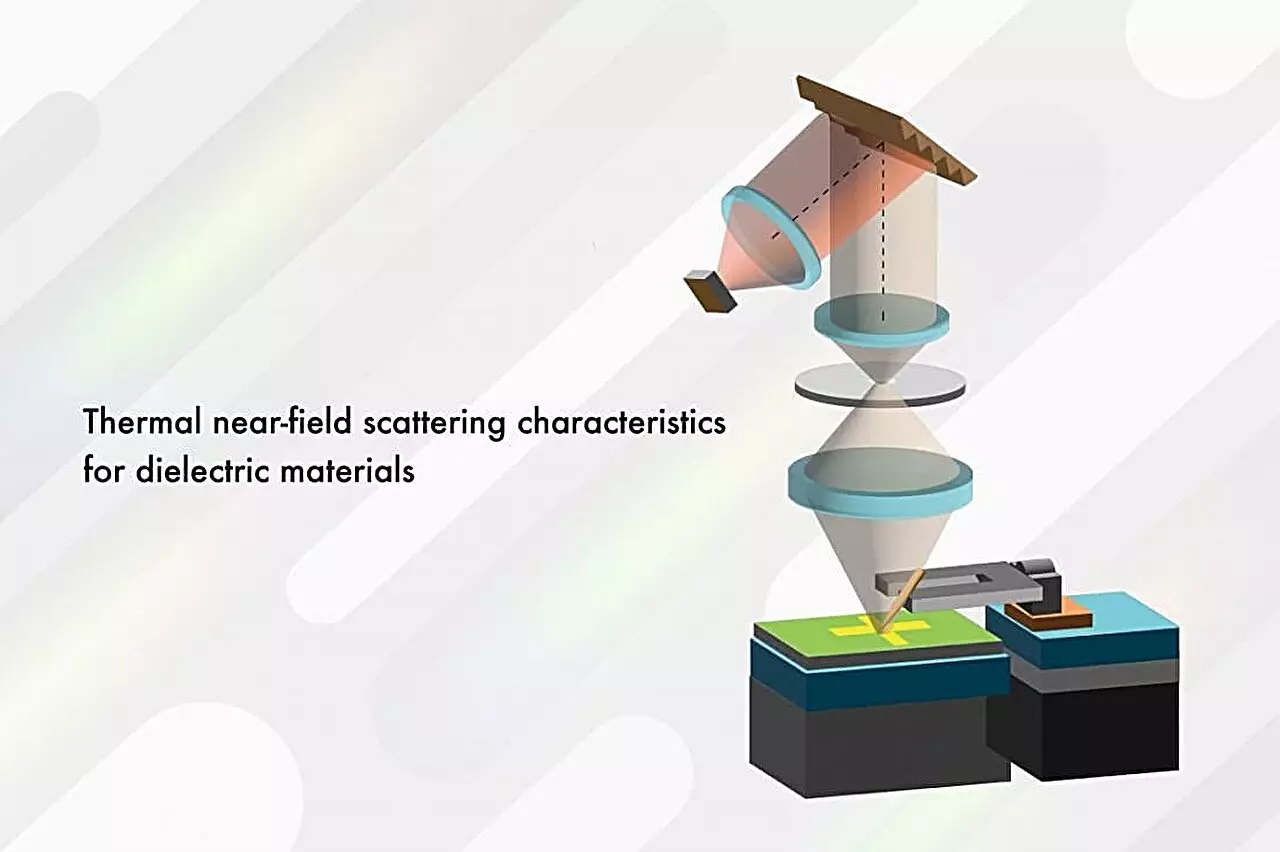In the realm of microscopy, researchers at the Institute of Industrial Science at the University of Tokyo have been spearheading the development of a groundbreaking new approach. While conventional microscopes employ active measurements using backscattered radiation, this innovative technique harnesses the faint light emitted by materials themselves. By passively detecting the evanescent waves generated by heat, scientists can now probe the surface of objects with nanoscale precision. This new form of microscopy holds immense potential, enabling researchers to gain valuable insights into the distribution of lattice structures and electron temperatures.
Traditionally, microscopes have relied on irradiating samples with light or electrons to obtain detailed images and characteristic information about a material’s surface. However, this active measurement technique is not the only way to explore the intricate properties of an object’s surface. The researchers from the University of Tokyo have pioneered a method that leverages evanescent waves, which are short-lived electromagnetic waves that do not carry energy. These waves can be generated when light interacts with the surface or can arise thermally. Heat is a fundamental aspect of all matter, and localized heat fluctuations within a material can transiently produce powerful evanescent waves. This breakthrough microscopy technique involves the passive detection of these waves, without the need for any external illumination.
To demonstrate the potential of their novel microscopy approach, the researchers utilized their prototype instrument to analyze thermally excited evanescent waves in two dielectric materials: aluminum nitride and gallium nitride. In an unexpected revelation, the researchers observed weak scattering in an absorption band known as the Reststrahlen band, which had never been observed without light exposure before. Strikingly, their spectroscopic analysis revealed the existence of polariton waves, waves caused by surface phonon resonance, within the Reststrahlen band. This finding contradicted theoretical predictions that assumed these waves would be accompanied by significant thermal fluctuations. This discovery not only advances our understanding of thermally excited evanescent waves in this band but also establishes a foundation for an improved passive detection model for identifying dielectric materials. These remarkable findings were published in the esteemed journal Scientific Reports in October.
Unparalleled Potential and Future Development
Equipped with their pioneering instrument, the University of Tokyo researchers now possess the capability to observe nanoscale temperature distributions on surfaces using terahertz wavelengths, making their microscope technology the only one of its kind in the world. With this prototype, the focus now shifts towards enhancing the functionality of the instrument. As a completely new microscopy technique, researchers are still uncovering the diverse applications and potential opportunities that this groundbreaking approach offers. The team’s future endeavors involve further refining their prototype instrument and developing an improved detection model. Through these efforts, they aim to achieve greater versatility, ultimately creating a new and powerful non-destructive characterization technique, enabling highly localized analysis of a material’s surface dynamics.
The advent of passive detection for microscopy marks a monumental leap forward in the field of material research. By capitalizing on the emission of faint light from materials themselves, researchers can now delve deeper into the intricate surface properties of objects. The ability to probe the distribution of lattice structures and electron temperatures with nanoscale precision opens up new avenues for understanding and characterizing various materials. The groundbreaking findings of weak scattering in the Reststrahlen band have challenged existing theoretical predictions and shed light on the behavior of thermally excited evanescent waves. With the ongoing development and refinement of this pioneering technology, the future of microscopy appears brighter than ever, promising exciting opportunities for scientific discovery and innovation.



Leave a Reply